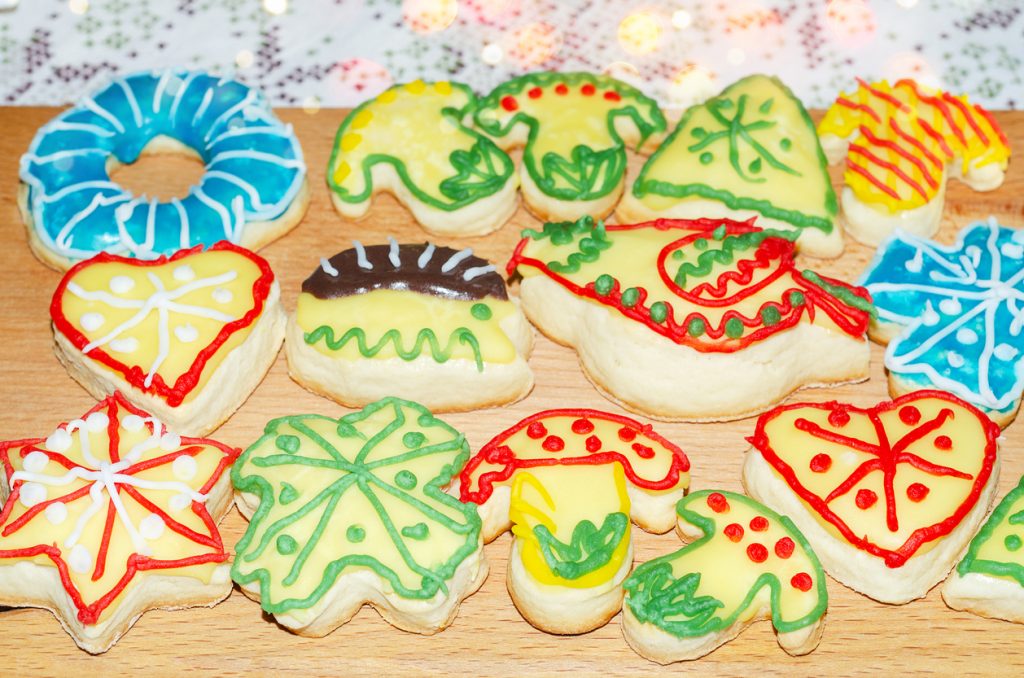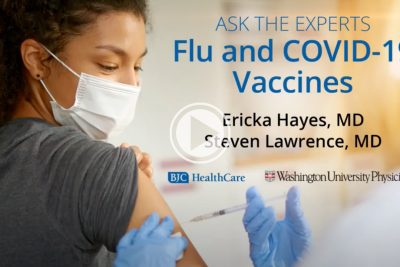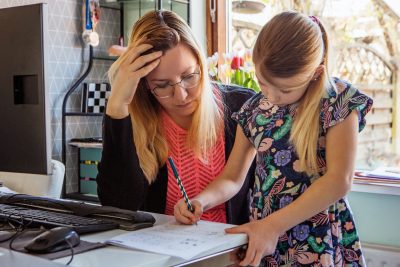As COVID-19 vaccines begin to be distributed outside the limits of healthcare workers and into the broader community – I received mine at the end of December, and my mother was able to receive hers just this week, to my immense relief – I begin to imagine what life will be like “in the After Times.” What have I missed that I can’t wait to do again? Perhaps more interesting, what have I learned that I hope to carry on after life returns to “normal?” This has been a frequent topic of conversation among my healthcare worker friends as well, as they’ve received their own doses of vaccine, and the possibility of moving past all this begins to assume a realism it hasn’t had since last summer.
Some of these answers come easily. Grocery delivery has been a godsend that I know will continue to be useful during those hectic, all-engrossing weeks that I’m on service in the ICU. Having the option of attending some meetings remotely – post-call, on the treadmill, or just somewhere far far away when a must-attend meeting is happening – is the kind of pandemic-time innovation that can make a lasting difference in my ability to integrate my life and my work and maintain some sense of well-being. And I’m thrilled to report that I have finally figured out how to put my slow cooker to use as well as how to identify the recipes that really can be on the dinner table within 30 minutes.
There are other answers that are no less obvious but will be difficult to maintain in practice. I have loved watching my children play together and form their own sibling bond. In the hyper-scheduled chaos of normal life, their age difference (nearly five years) tends to push them apart far more than it brings them together, and that fracturing seems to me to be a real loss to them. So I will need to be intentional about finding lazy weekend days with Nothing To Do and Nowhere To Go. There is broad expert consensus that such unstructured time is beneficial to all kids, whether they are only children or kids with sibs, promoting character development, problem-solving, family relationships, and protection against mood disorders such as anxiety and depression. The pandemic has given me a chance to really see and ponder those benefits in a way I’m not sure I would have done otherwise. Similarly, the abundance of time at home has given me a chance to appreciate the joy in simple family traditions and rituals. Over the holidays, I marshaled the kids together to make cookies for Santa with me. The end result was messy, NSFP (not suitable for Pinterest), and mysteriously short on the number of cookies the recipe was supposed to produce – I think there was a 2:1 ratio on eaten-to-decorated for both of the kids. There was also an abundance of yellow cookie icing which, I have discovered, I loathe. Utterly unappealing in every respect. Convince me I’m wrong. But the kids and I agreed that they were the most delicious cookies we’d ever had, and apparently Santa concurred. We can’t wait to do it again next year, and hopefully, in my mind at least, every year for forever. The same goes for new family traditions established around birthdays, Halloween and Friday nights.
As an intensivist, though, there is one pandemic side effect that I have noted with distinct perplexity. The winter months are typically the busiest of the year in children’s hospitals and pediatric ICU’s across the country as infants and children become seriously, even critically, ill with seasonal communicable diseases, most notably influenza and RSV (respiratory syncytial virus). This year, however, the PICU census is remarkably low as social distancing and mask wearing drive community spread of these common respiratory illnesses down. It is wonderful not to see children having to fight for their little lives against these viruses. And I am hopeful that the experience of this pandemic will encourage a broader swath of the community to take advantage of powerful preventive measures, such as the annual flu vaccine, in the coming years. I am also hopeful that this experience will serve as public education on the illness-preventing power of staying home when you’re sick (taking into account the potential ripple effect of infecting another person or persons in your social or work orbit), attentiveness to handwashing, and protecting the vulnerable through simple social distancing measures as much as possible. But it is also true that over-sanitation may be problematic, as common illnesses shape the infection-fighting capabilities of children’s immune systems. And, as I mentioned in my last submission, I am not insulated from many of the daily logistical challenges associated with hyper-awareness of every possible symptom. I am also fully aware that the stresses of the pandemic have been associated with a significant uptick in trauma-related injuries and hospitalizations, with devastating effects. I anticipate there will be years of science dedicated to better understanding these problems and opportunities, along with much-needed study of solutions for health care inequities, public health needs, and pandemic prevention measures. I look forward to learning what those studies will show us.
Life during the pandemic has been hard, in so many different ways for each individual person and family. It has also been poignant and filled with unexpected lessons and moments. I know we still have a way to go before we are through it, and those who are currently fighting against COVID-19 for their own lives, their loved ones’ lives, and their patients’ lives are truly in my prayers. To get us to the finish line, I implore all of you to keep wearing your mask, keep social distancing, and get your vaccine when you get the chance. And I encourage you to start looking forward – cleaning out your COVID-19 mental closets, deciding what to keep and what to throw out. If we do all of that, next school year, our next birthdays, our next holiday season can be so much better than what has gone before. I’ve gotten started, and one thing I know for sure: in my house, there will be no yellow icing.






Comments